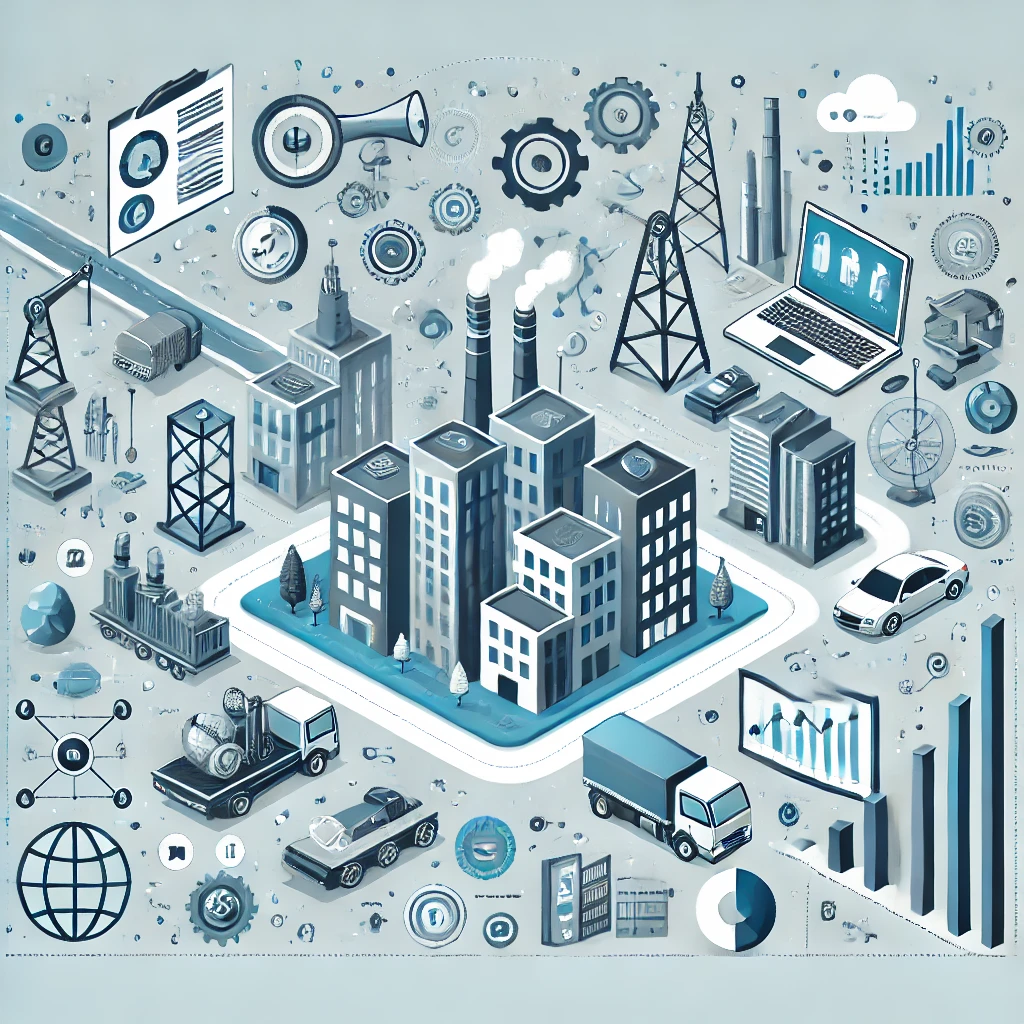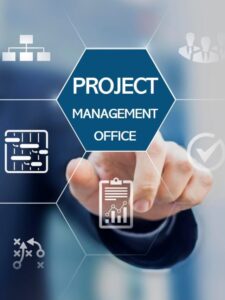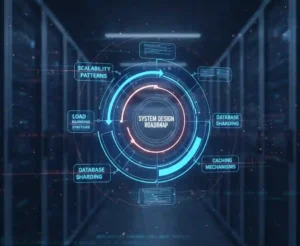Capital Expenditures, commonly known as CapEx, represent the funds used by a company to acquire, upgrade, and maintain physical assets such as property, buildings, industrial plants, technology, or equipment. These investments are crucial for long-term business growth and efficiency improvements. Typically, CapEx assets have a useful life of more than one year.
Synonyms 📝
CapEx is often referred to by several other terms including:
- Plant, Property, and Equipment (PP&E) 🏭🏢
- Fixed Assets 💼
- Capital Investments 📈
- Infrastructure Spending 🛤️
- Facilities Capital 🏗️
- Capital Outlay 💳
- Growth Capital Expenditures 🚀
- Capital Improvement Plan Expenses 🛠️
Types of Assets 🏠🏭💻
CapEx can be categorized based on the types of assets it is used to acquire or improve:
- Property: Includes office buildings, land, and retail stores 🏢🏬.
- Plant: Refers to manufacturing facilities and equipment used in production 🏭🔧.
- Equipment: Encompasses vehicles, computers, technology, and other tools necessary for business operations 🚗💻📱.
Accounting 📊
Capital expenditures are capitalized, meaning their cost is spread out over the useful life of the asset. This process involves:
- Depreciation: The cost of the asset is gradually expensed on the income statement over its useful life 📅.
- Balance Sheet: CapEx accumulates on the balance sheet as fixed assets until it is fully depreciated 📈.
Financial Analysis 💹
The level of CapEx spending can provide insights into a company’s strategy and financial health:
- High CapEx: Indicates that a company is investing heavily in expansion or modernization, which may suggest future growth 🚀.
- Low CapEx: Suggests that a company may be focusing on optimizing cash flow and potentially reducing spending in anticipation of slower growth or to maintain liquidity 💧.
Funding Sources 💵
Companies typically fund their capital expenditures through:
- Cash Reserves: Using available cash on hand 💰.
- Raising Capital: Through debt (loans, bonds) or equity (issuing stock) 🏦📊.
- Reinvesting Earnings: Utilizing profits generated from operations 💸.
Impact on Cash Flow 🚿
Large CapEx can lead to significant cash outflows, which can impact a company’s free cash flow negatively. It’s crucial for companies to balance their CapEx investments with their cash flow to maintain financial stability 💧.
Example 🎓
Imagine a tech company, “TechInnovate Inc.”, that wants to expand its operations. They decide to build a new manufacturing plant and upgrade their office technology. Here’s how CapEx comes into play:
- Building the Plant: TechInnovate spends $10 million on constructing a state-of-the-art manufacturing facility. This is a capital expenditure because the plant will be used for many years to produce their products.
- Upgrading Office Technology: They also invest $2 million in new computers, servers, and office equipment to improve productivity. This is also considered CapEx since these assets will have a useful life of more than a year.
The total CapEx for TechInnovate Inc. would be $12 million. This investment is capitalized, meaning it will be recorded as an asset on their balance sheet and depreciated over the useful life of the plant and equipment.
Conclusion 🌟
Understanding and managing CapEx is essential for businesses aiming to grow and maintain operational efficiency. By strategically investing in long-term assets, companies can enhance their production capabilities and stay competitive in their respective markets.
Additional Resources 🔍
- For more details on CapEx, you can refer to financial management textbooks or online resources like Investopedia.
- The Balance provides an overview of capital expenditures and their implications for businesses.
























